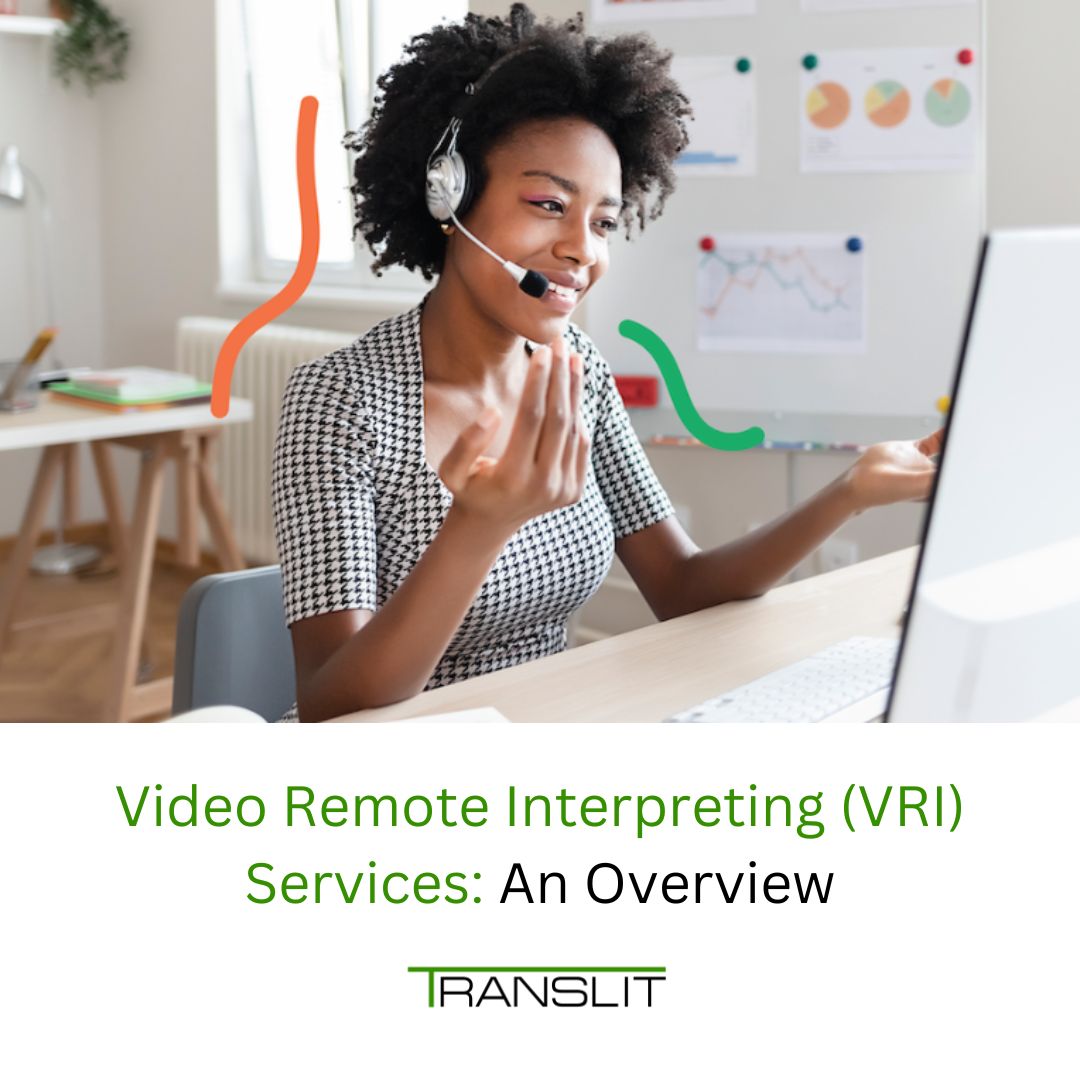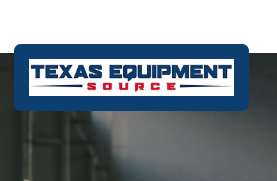Video Remote Interpreting (VRI) services are a form of communication access for individuals who are deaf or hard of hearing, providing real-time interpretation through video technology. These services allow users to communicate in American Sign Language (ASL) or other sign languages with interpreters who are located remotely, typically through video conferencing systems such as Zoom, Skype, or specialized platforms designed for VRI.
What is VRI?
Video Remote Interpreting (VRI) refers to a type of interpretation service where a sign language interpreter is remotely located, but the communication between the deaf or hard-of-hearing individual and the interpreter is facilitated via video. VRI differs from in-person interpreting, where the interpreter is physically present in the same location. With VRI, individuals can access interpretation services even when interpreters are not available on-site.
The technology allows users to communicate with an interpreter in real time, eliminating barriers caused by physical distance, and making services more accessible and cost-effective. It is most commonly used in healthcare, legal settings, educational institutions, and customer service interactions.
How VRI Works
The process of VRI involves a few key steps:
-
Initiating the Service: The individual who needs interpreting services contacts a provider or utilizes an on-demand video interpretation service. This can often be done through a smartphone, tablet, computer, or specialized video phone system.
-
Connecting with the Interpreter: Once the call is placed, the system connects the user with a qualified interpreter. The interpreter could be in a completely different location, often working from a remote office or specialized interpreting center.
-
Interpreting the Communication: As the interaction proceeds, the interpreter listens and translates spoken language into sign language or vice versa, all via video. The user can see the interpreter clearly, and the interpreter can observe the user’s signs to ensure accurate translation.
-
Ending the Session: Once the interaction is complete, the session is closed, and the user typically receives a summary of the interpretation services rendered.
Advantages of VRI
-
Accessibility: VRI makes interpretation services more accessible, especially in areas where qualified interpreters are in short supply or not readily available.
-
Cost-Effectiveness: For many businesses and institutions, VRI can be a more affordable solution compared to hiring an interpreter to be physically present.
-
Real-Time Communication: VRI offers real-time communication between the interpreter and the person who is deaf or hard of hearing, ensuring effective communication without delays.
-
Flexibility: VRI can be used for a wide range of settings, including medical appointments, legal consultations, educational needs, and business meetings, as long as there is a reliable internet connection.
-
Convenience: It eliminates the need to coordinate the physical presence of an interpreter, saving time and resources for both the service provider and the client.
Disadvantages of VRI
-
Technology Dependence: The primary drawback of VRI is the reliance on technology. A stable internet connection, appropriate video equipment, and technical proficiency are essential. Any issues with the video or sound quality can lead to communication barriers.
-
Lack of Personal Interaction: While VRI offers a good solution in many cases, it cannot replicate the intimacy and accuracy of in-person interpreting, especially in sensitive situations such as medical consultations or legal proceedings.
-
Space and Lighting Considerations: For VRI to be effective, both the interpreter and the client need to be in environments with proper lighting and a good camera setup. Poor lighting or inadequate video setups can compromise the interpretation quality.
-
Confidentiality Concerns: Like any remote service, VRI may raise concerns about privacy and confidentiality, especially in sensitive settings like healthcare or legal situations. It is important that VRI providers ensure secure and private communication channels.
Applications of VRI
-
Healthcare: VRI is particularly useful in medical settings where quick, immediate interpretation services are required. In hospitals, clinics, or during emergency situations, VRI allows for instant access to interpreters, improving patient outcomes and ensuring clear communication between healthcare providers and deaf or hard-of-hearing patients.
-
Legal: In legal settings, interpreters can provide crucial assistance to clients during consultations, court hearings, or depositions. VRI helps ensure that all individuals involved in the legal process can fully understand each other, regardless of hearing ability.
-
Education: Schools and universities often use VRI to ensure that deaf and hard-of-hearing students have access to equal educational opportunities. VRI helps students participate in classes, lectures, and extracurricular activities by providing real-time interpretation.
-
Business and Customer Service: Many businesses now use VRI to improve customer service for deaf or hard-of-hearing clients. VRI enables better communication in retail, banking, insurance, or other service-related industries.
Transliteration in VRI
Transliteration, especially in the context of sign language, refers to converting one type of sign language into another or translating a signed language into written or spoken form. In VRI, transliteration can be part of the process, as interpreters may need to switch between different modes of communication to suit the client’s needs.
For example, in settings like legal consultations, a sign language interpreter may need to transliterate spoken English into ASL or vice versa. In healthcare, interpreters may use transliteration to adjust their signing to accommodate the patient’s preferred mode of communication, whether it’s American Sign Language, Signed Exact English (SEE), or Pidgin Signed English (PSE).
Conclusion
Video Remote Interpreting services have revolutionized the way people who are deaf or hard of hearing access communication in a variety of settings. By providing remote access to qualified interpreters through video, VRI helps break down language barriers, offering a flexible and cost-effective solution. While there are challenges related to technology and personal interaction, the advantages of VRI in increasing accessibility and improving communication are undeniable. As technology continues to evolve, VRI will likely become even more integral in supporting inclusive communication in healthcare, education, legal, and business environments.
Transliteration (Example in ASL)
If you need to transliterate the term “Video Remote Interpreting” into ASL, the interpreter would follow these steps:
-
“Video” – The sign for “video” would involve using the sign for “television” or a sign that resembles the action of viewing a screen.
-
“Remote” – This can be shown by using the sign for “far” or “distant.”
-
“Interpreting” – The sign for “interpreting” is typically shown by pointing to oneself as the interpreter and indicating that communication is happening, either by hand movements or gestures.
A qualified interpreter will adapt the transliteration based on the context and the individual’s preferred language mode.







0 Comments